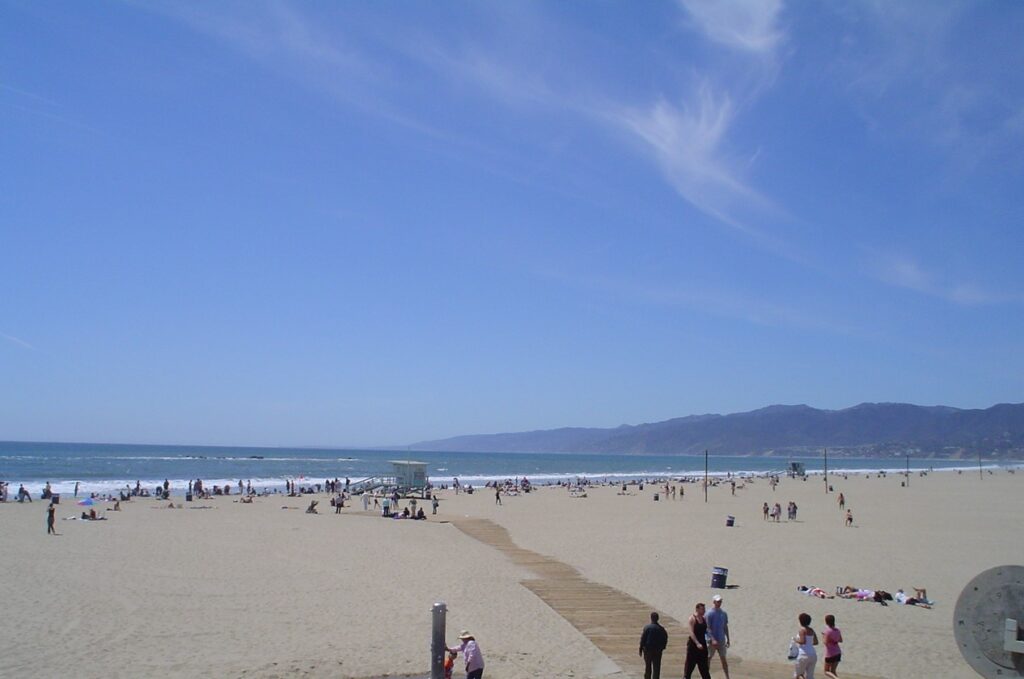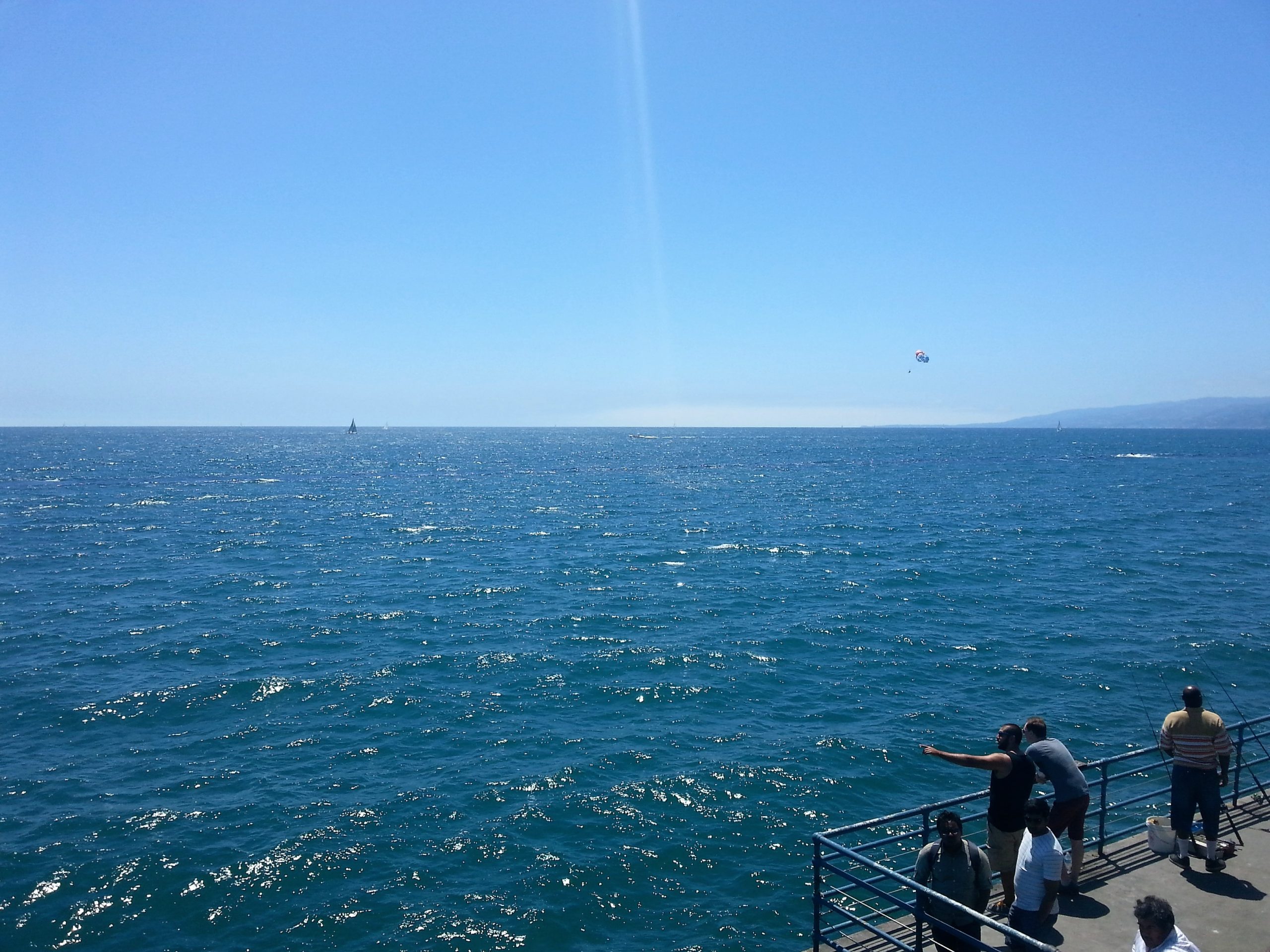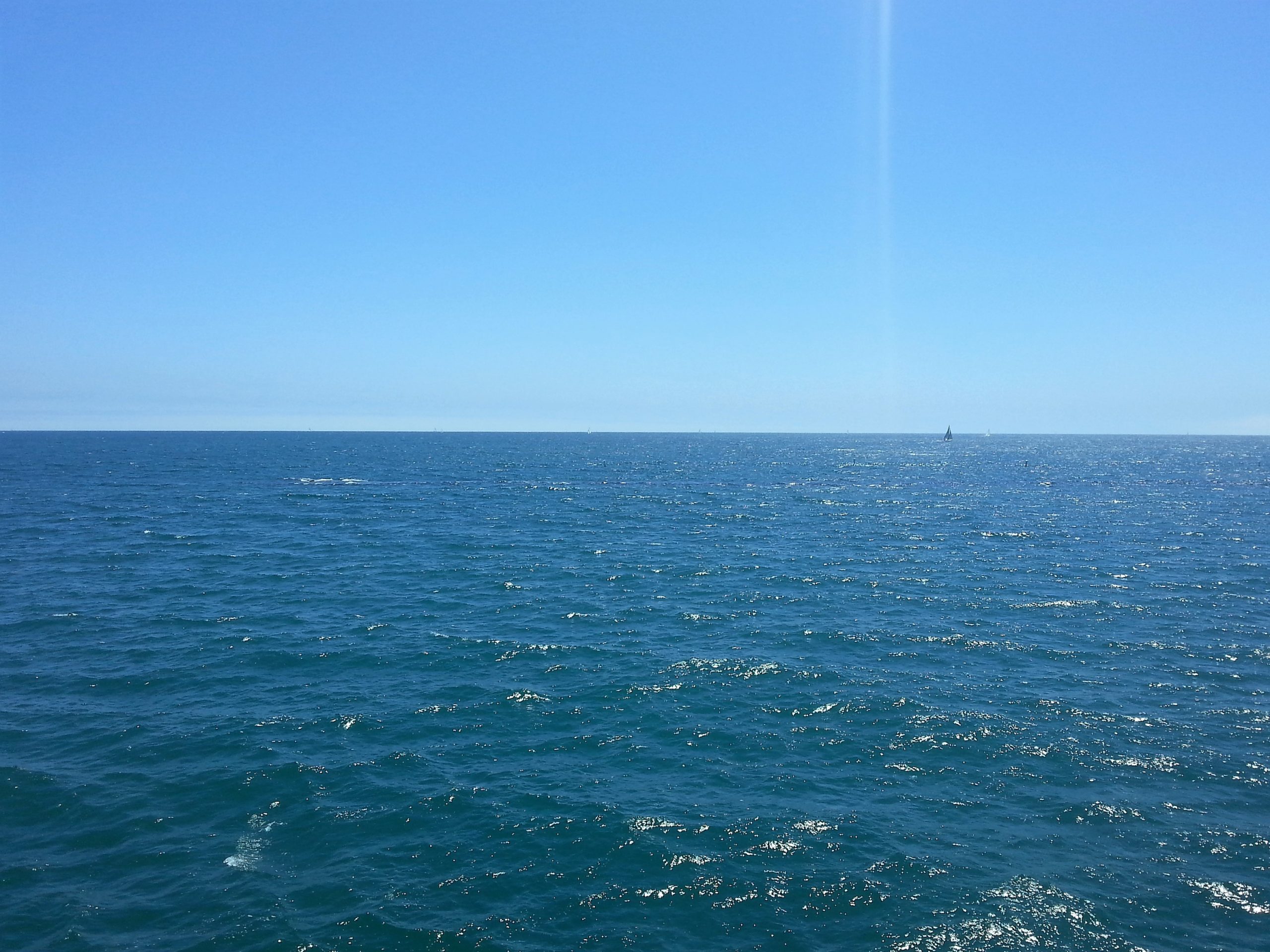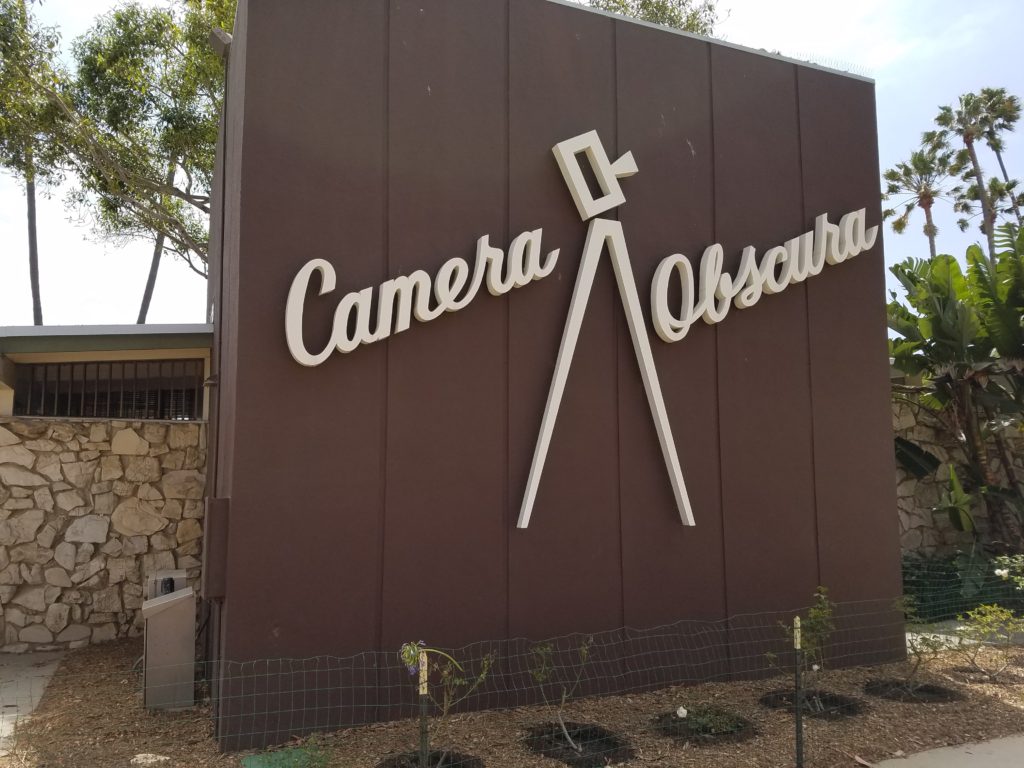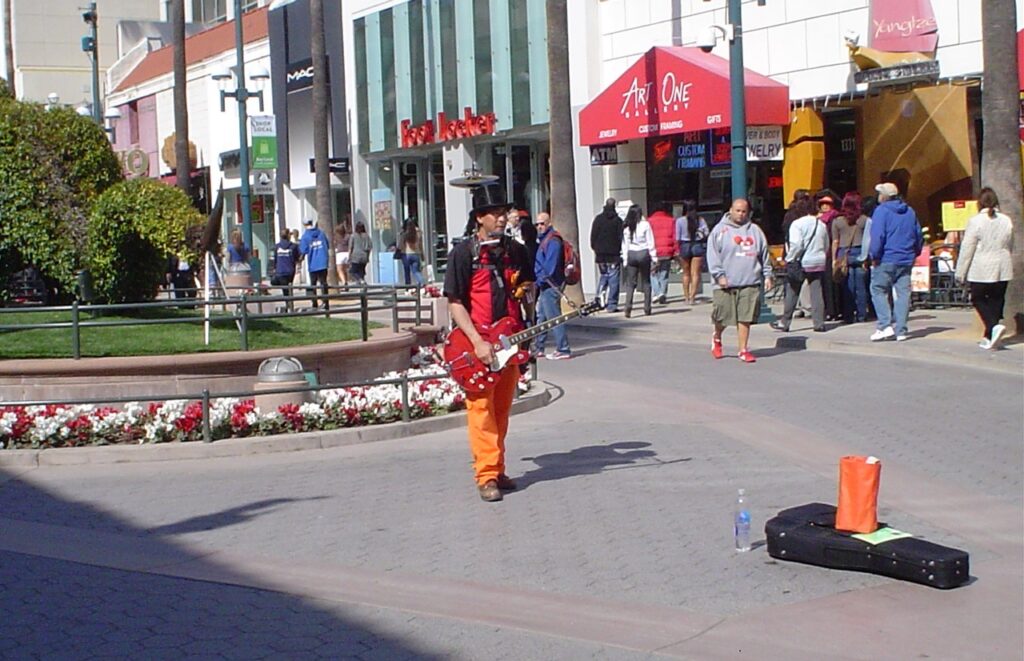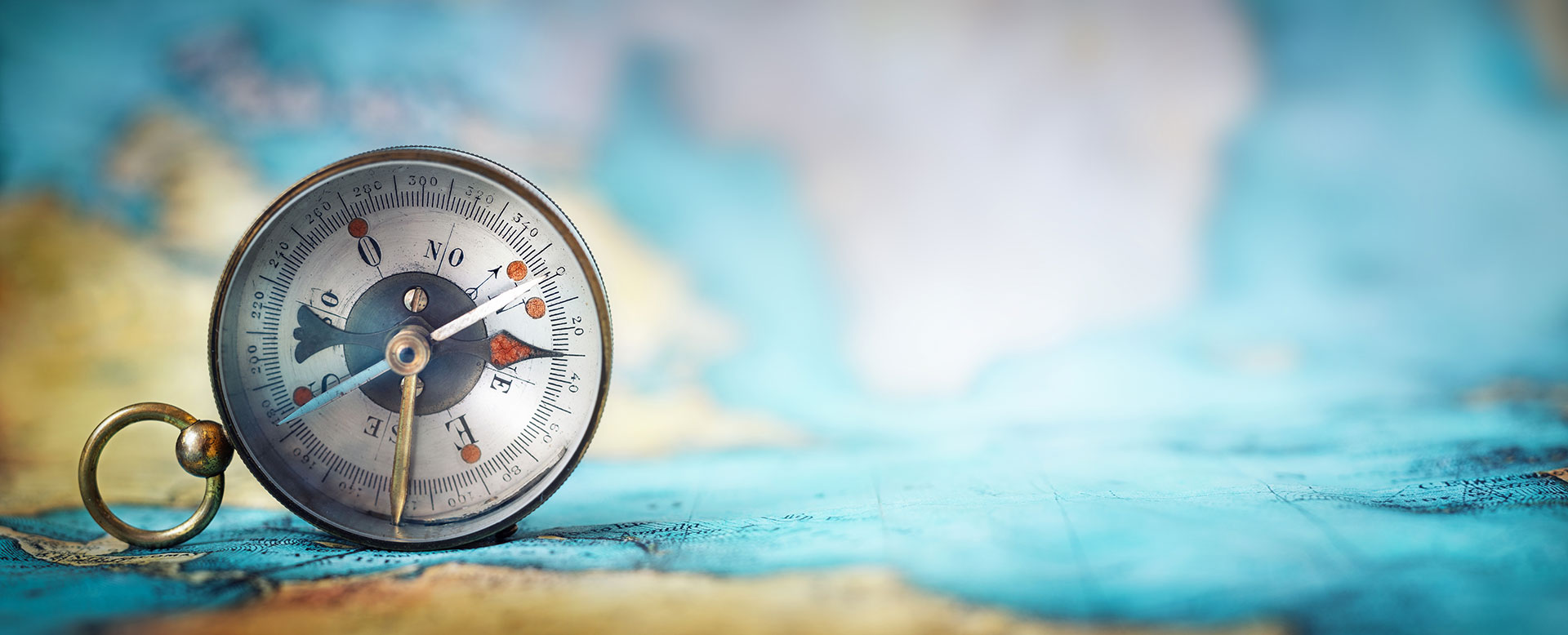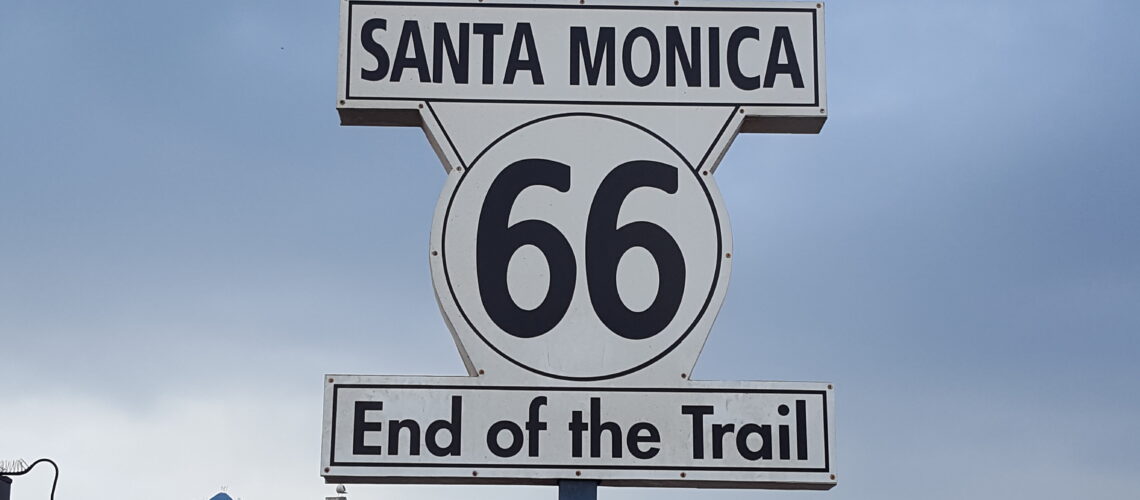
October 8, 2022
California’s small towns – Santa Monica: part 1 – short history and basic facts
While travelling thru Southern California, it’s impossible to resist the charm of its beaches and many little towns, scattered along the Pacific Ocean coast. Today I wanted to take you to a real “gem” which is Santa Monica – the city that took its name from the tears of Saint Monica.
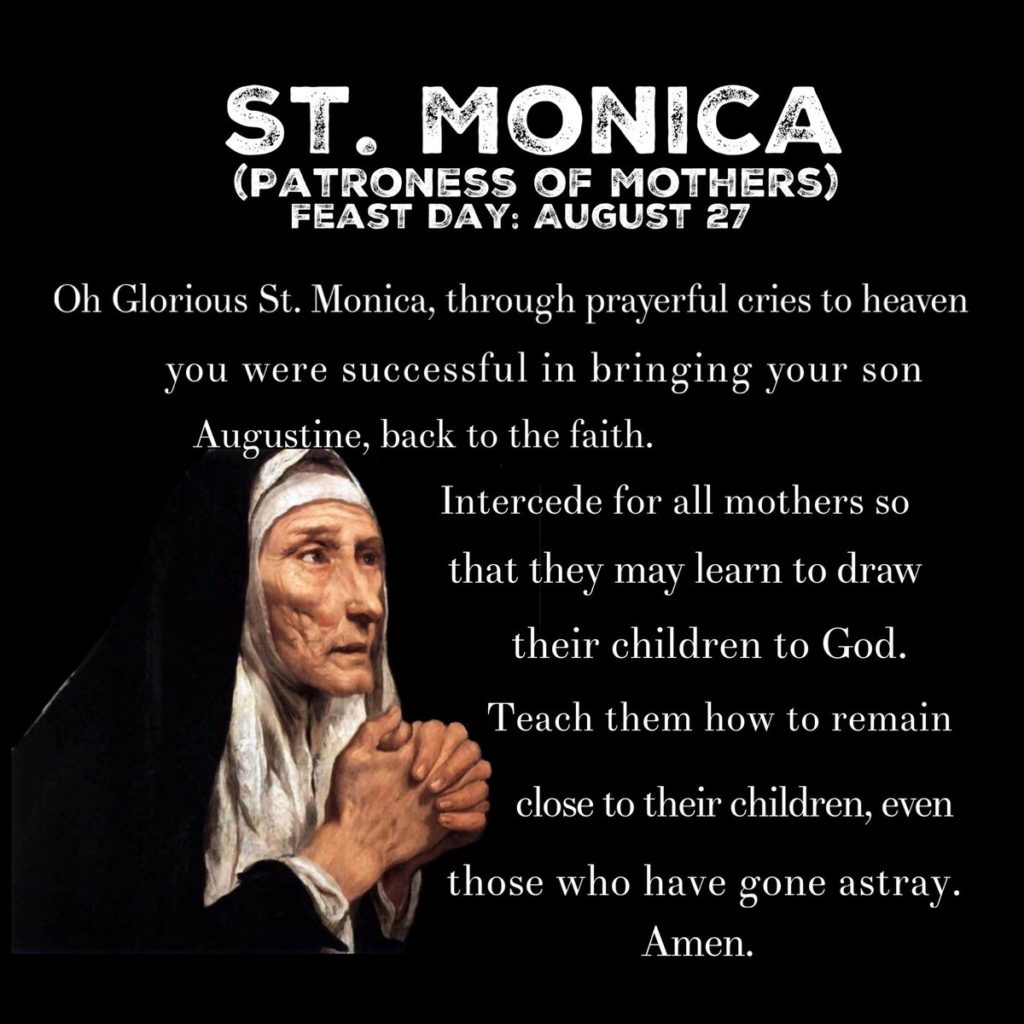
History
The area of today’s Santa Monica has long been inhabited by the population of Tongva tribe, who are called The Kecheek, in their own language. The first “discoverer” of this terrain, was Gaspar de Portolà, who, on August 3, 1769, was camping near today’s crossing of Barrington and Ohio Avenues.
The name of the city comes from Saint Monica of Hippo, patron of wives and victims of harassment. There are two different versions of how the town got its name. According to one version, it was name after St. Monica, who was a mother of St. Augustine, but her holiday falls on May 4th, so it would be before the explorers arrived. Another version says that it was named, by Juan Crespie, because the steam sources of Kuruvungna (Serra Springs), reminded him of the tears that Saint Monica cried over her wicked son.
After the conclusion of the Mexican-American war, Mexico signed the Treaty of Guadalupe Hidalgo, which gave both Mexican and Californian inhabitants, the possibility of a relatively peaceful life, in a state of law. The U.S. government’s sovereignty in California began on February 2, 1848.
The first town hall was a brick building, built in 1873, which later became a pub, and now serves as a hostel. It’s the oldest preserved structure in Santa Monica. Until 1885, the first hotel in the city was named Santa Monica.
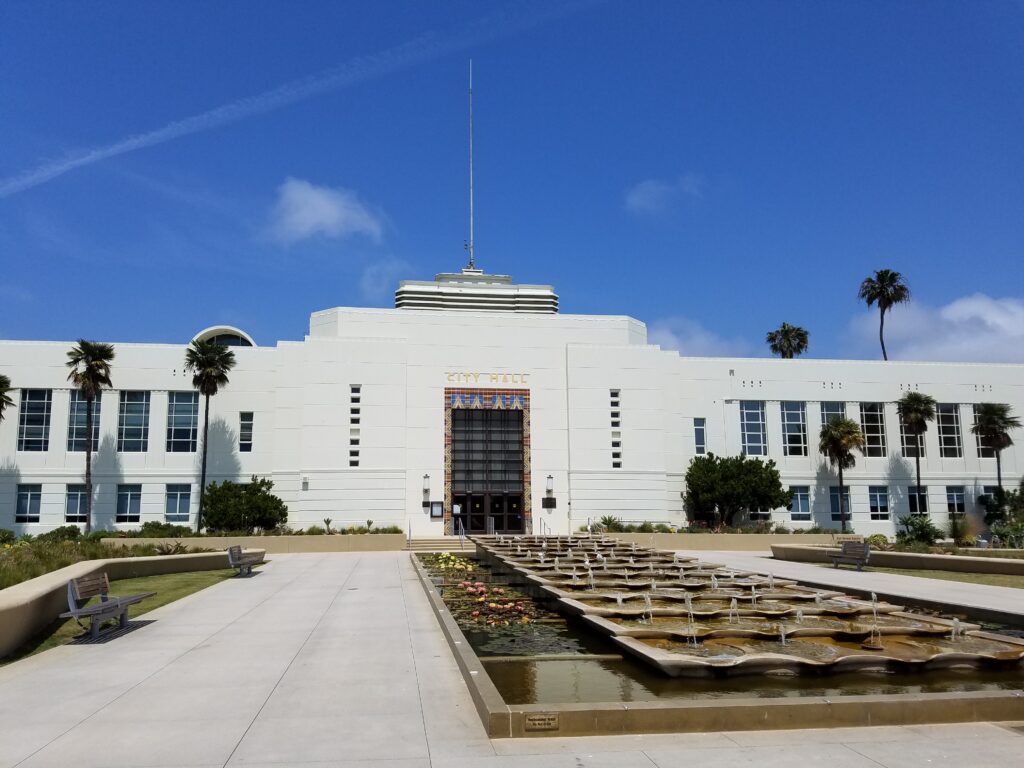
Entertainment had become extremely popular, in the first decades of 20th century, and the vast Pacific Electric Railroad brought more people, to the city’s beaches, from the Greater Los Angeles area. From the 70s to 2004, Independence Railroad connected Santa Monica, to Los Angeles and the waterfront, at the bay.

At the beginning of the 20th century, Santa Monica and Venice Beach were known to have an ever-increasing population, of Asian Americans. A Japanese fishing village, was located, near Long Wharf, while a small number of Chinese people lived or worked in Santa Monica and Venice Beach. The fishermen from the Japanese village were an integral part of the economic Community of the Gulf of Santa Monica.
The Great Depression struck deep in Santa Monica. One of the reports of this period estimated employment, throughout the city, in 1933, at a level of only 1,000 workplaces. The owners of hotels and office buildings were bankrupt. In the 1930’s corruption erupted in Santa Monica, along with the neighboring Los Angeles. The federal administration, of the works project, has helped build several buildings, in particular; the town hall. The main post office and Barnum Hall (now Gymnasium) were also among other projects.
Donald Wills Douglas Sr. built in 1922 in Cloverfield (Santa Monica Airport) airline companies for the Douglas Aircraft Company. In 1924, four planes built by Douglas took off from Cloverfield, to try the world’s first attempt, to fly around the globe. Two planes returned, on September 23, 1924. After flying the distance of 27,553 miles (44,342 km) in 175 days, and returning safely the planes were welcomed by a crowd of about 200,000 people. Douglas (later McDonnell Douglas) maintained objects in the city until the 60s.
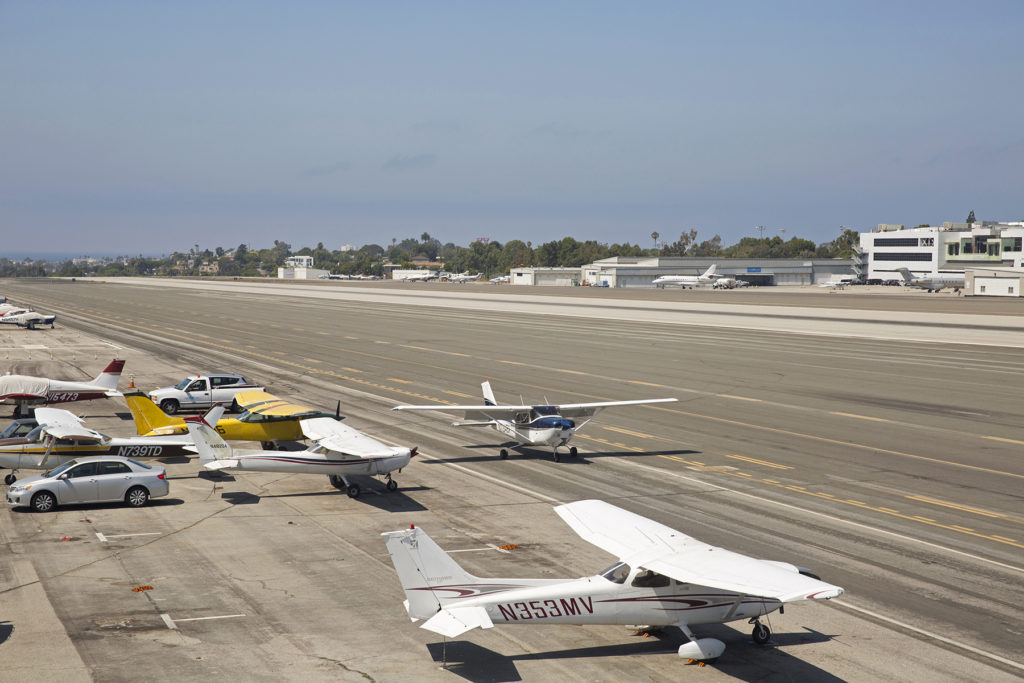
The aviation business of Douglas grew along with the advent of World War II, employing as many as 44,000 people in 1943. To defend against air attack, the designers at Warner Bros Studios prepared a sophisticated camouflage that masked the factory and the airport. RAND Corporation began its business, as a Douglas project in 1945, and on May 14, 1948, it separated to an independent location. RAND ultimately acquired a 15 acre campus, between the Civic Center and the entrance to the pier.
The completion of Santa Monica Freeway in 1966 resulted in a promise, of new prosperity, albeit at the expense of decimating the Pico district, which was the leading African-American enclave, on Westside. It is also believed that volleyball beach, was developed by Duke Kahanamoku in Santa Monica in the 20s of the last century.
The Santa Monica Looff Hippodrome (Carousel) is a national historical monument. It is located on the pier and was built in 1909. La Monica’s Ballroom, was once the largest ballroom, in the US and the source of many national broadcasts, on the New Year’s network. The Civic Auditorium, in Santa Monica, was an important music venue, for several decades and hosted the Academy Award ceremony in the 60s.
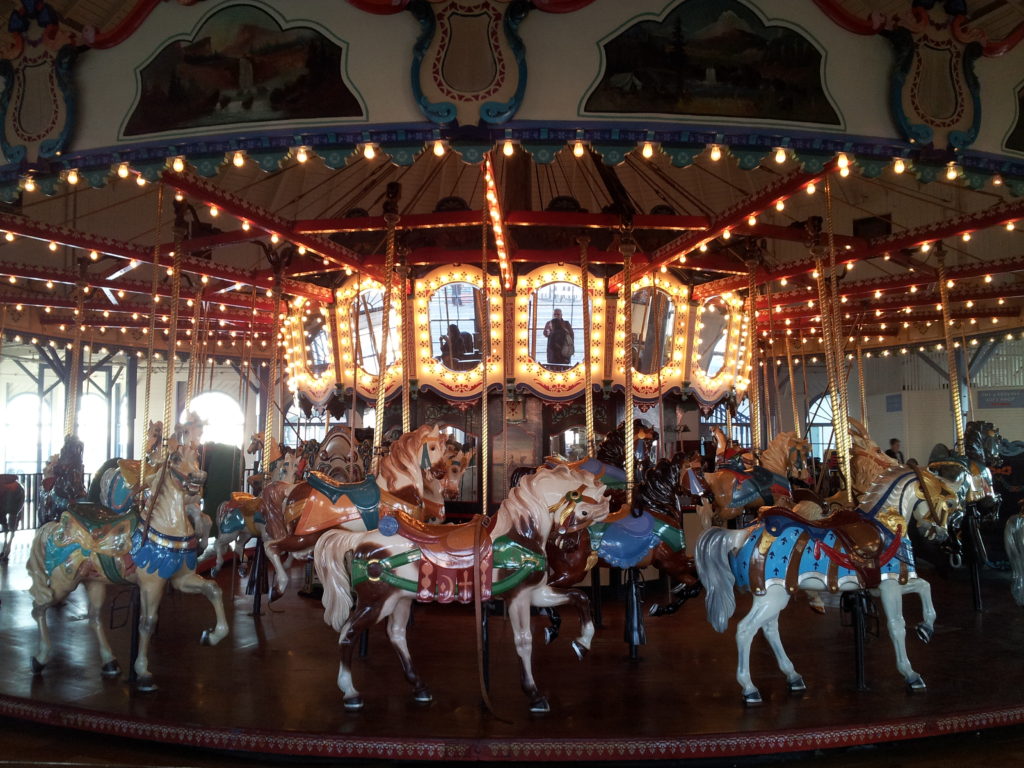
Bergamot Station is an urban art gallery complex that includes the Santa Monica Art Museum. The city is also home to the Californian Heritage Museum, as well as the doll house and the Angels Attic Play Museum. The New West Symphony, is a residence, of the Barnum Hall Orchestra. They are also residents of the Oxnard Performing Arts Center Orchestra and the Thousand Oaks Civic Arts Plaza.
Santa Monica also hosts the annual Film Festival. The oldest cinema is Majestic. Opened in 1912 and also known as the Mayfair Theatre. After the Northridge earthquake in 1994 this theatre was closed. The Aero Theatre (now managed by American Cinematheque) and the Criterion Theatre were built in the 30’s and still show movies, today.
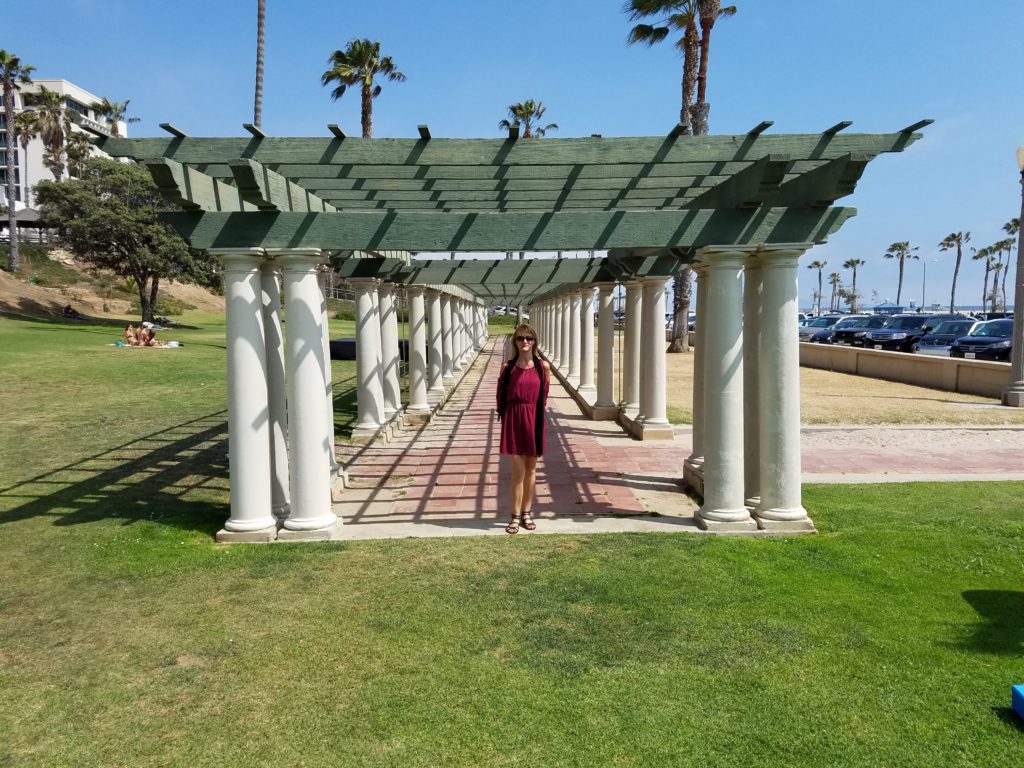
Both residents and tourists enjoy the rugby club, created in 1972. The club is very successful, winning the country’s championship between 2005 and 2006. Santa Monica defeated the Boston Irish Wolfhounds 57-19 in the final Division 1, convincingly applying for the second consecutive American title on June 4, 2006, in San Diego. They offer programs for men, women and thriving children. The club has recently joined the Rugby Super League.
